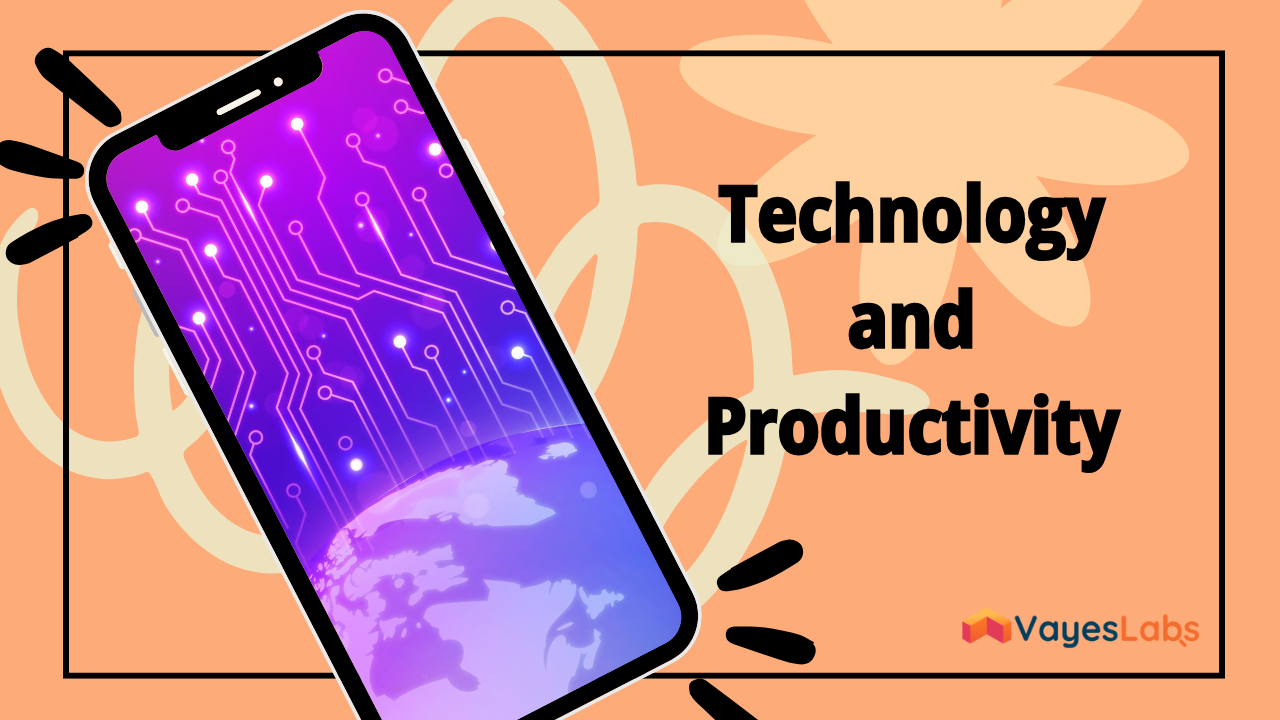Contents
- What is Technology and Efficiency?
- Effects of Technology on Productivity in Businesses
- Productivity-Increasing Technological Tools
- Digital Transformation and Workforce Efficiency
- Contributions of Technology to Employee Motivation
- Productivity Measurement and Technology Use
- Technology and Time Management: Effective Working Methods
- The Relationship between Technology and Productivity: Future Trends
- Vayes' Contributions in Technology and Productivity
What is Technology and Efficiency?
The relationship between technology and efficiency forms the basis of a significant transformation in the business world. Technology enables business processes to be accelerated, more production at lower costs and high quality service provided. Efficiency refers to achieving more results by using a certain resource (time, labor, capital, etc.) in the most effective way. These advantages provided by technology allow businesses to work faster and more effectively. In today's competitive business world, integrating technology with efficiency is a critical factor for sustainable success.
The relationship between technology and productivity is an important issue not only for businesses, but also for individuals and societies. Software, automation systems, artificial intelligence and cloud technologies used in workplaces are powerful tools to increase efficiency. Thanks to these tools, businesses can save time and costs, while employees can focus on more creative and strategic tasks. When used correctly, technology helps reshape business processes and increase efficiency.
Effects of Technology on Productivity in Businesses
The effects of technology on productivity in businesses are enormous. First of all, thanks to digital tools, businesses save significant time by automating manual processes. Labor savings are achieved and employees can take part in more valuable strategic tasks. For example, accounting software and inventory management systems minimize human errors and increase operational efficiency by processing accurate and fast data. This makes business processes more effective.
Technology also helps reduce costs by optimizing business processes. For example, thanks to cloud computing technologies, companies can save on big data storage and processing costs. Likewise, technologies such as artificial intelligence and machine learning can analyze data used in business processes to predict future trends and develop strategies accordingly. Such technologies enable businesses to use their resources more efficiently and thus gain a competitive advantage.

Productivity-Increasing Technological Tools
Technological tools that increase efficiency allow businesses to operate more efficiently. The most common of these include project management software, CRM systems and automation tools. Project management software helps teams organize tasks, track progress, and collaborate. This type of software reduces communication errors and prevents loss of time. CRM (Customer Relationship Management) systems help businesses manage customer relationships more effectively and accelerate sales processes.
Another important tool is data analytics software. These software allow businesses to analyze big data, develop strategies according to trends and create decision support systems. Automation tools are another important technology that increases efficiency. Automation digitizes repetitive processes, allowing employees to focus on more creative and strategic work. These tools save time and ensure smoother running of business processes.
Digital Transformation and Workforce Efficiency
Digital transformation is another important factor that increases workforce efficiency. In the digitalization process, businesses use digital tools to enable their workforce to work more effectively. This transformation increases the competencies of the workforce and also enables more production. Thanks to digital tools, employees can perform the tasks they want regardless of time and place. Digital transformation enables better collaboration among employees because through digital platforms, teams communicate faster and can work effectively on joint projects.
Digitalization also enables flexible working models such as remote working. In this way, employees can continue their work without being tied to the office and workforce efficiency increases. Analyzes and data provided by digitalization make it easier to measure and improve employee performance. By identifying the strengths of their employees, businesses can direct them to the right tasks, which increases both individual and organizational efficiency.
Contributions of Technology to Employee Motivation
In addition to the effects of technology on productivity, its contribution to employee motivation should not be ignored. As employees work more efficiently thanks to digital tools, they can see their success more clearly. This increases employees' commitment to their jobs. At the same time, technology offers employees greater flexibility, allowing them to do their jobs more efficiently and happily. Flexible working hours and remote working opportunities help employees establish work-life balance.
Technology also allows employees to receive faster and more effective feedback. Thanks to digital platforms, employees can constantly monitor their performance and thus better see their development. This allows employees to increase their own competencies. Efficient work and successful feedback motivate employees and reinforce their commitment to their jobs.
Productivity Measurement and Technology Use
Measuring productivity has become easier thanks to technology. Today, many software and tools allow businesses to track their productivity levels. These tools determine how much is produced by a given workforce, how much time is spent, and which processes are more efficient. Thanks to this data, businesses can make healthier strategic decisions and take efficiency-enhancing measures. Thanks to technology, employees' performances can be monitored digitally and evaluated more objectively.
Productivity measurement focuses not only on employee performance but also on business processes. Businesses can use technology to determine which departments are working more efficiently, which processes are disrupted, and which areas need improvement. Thanks to technology, the steps necessary to increase efficiency can be determined and implemented more quickly.
Technology and Time Management: Effective Working Methods
Time management becomes more effective with the use of technology. Various digital tools help employees use their time more efficiently. For example, time tracking software allows employees to track how much time they spend, thus preventing wasted time. Project management software allows you to use time more efficiently by determining the order and priority of tasks. Thanks to such tools, work is done in a more organized manner and projects are completed on time.
At the same time, prioritization of work becomes easier thanks to technology. Artificial intelligence and automation systems identify urgent tasks and ensure that these tasks are done on a priority basis. In this way, employees can focus more on important tasks and their productivity increases. These advantages offered by technology enable time to be managed effectively and work to be completed faster.
The Relationship between Technology and Productivity: Future Trends
The relationship between technology and efficiency is constantly evolving under the influence of the rapidly developing digital world. In the future, technologies such as artificial intelligence, robotic process automation and blockchain are expected to further increase the efficiency of businesses. In particular, artificial intelligence will accelerate decision-making processes by enabling businesses to analyze data and make more accurate predictions. Robotic automation, on the other hand, will allow the workforce to shift to more creative areas by performing repetitive tasks faster and more accurately.
These technological developments will also transform workplaces. In particular, practices such as remote working and flexible working hours will become more common and the productivity of employees will further increase. Technology will contribute to creating a more efficient workforce by affecting not only business processes but also employee motivation, training and personal development.
Vayes' Contributions in Technology and Productivity
Vayes Digital accelerates and optimises digital transformation processes by providing businesses with customised solutions for the integration of technology and productivity. With high-performance mobile applications, productivity-enhancing digital tools and ongoing support services, it helps businesses maximise workforce productivity. Vayes' expert team recommends effective solutions in all processes from choosing the right technology to time management practices. In this way, businesses not only use technology efficiently, but also create strategies aimed at sustainable success.




